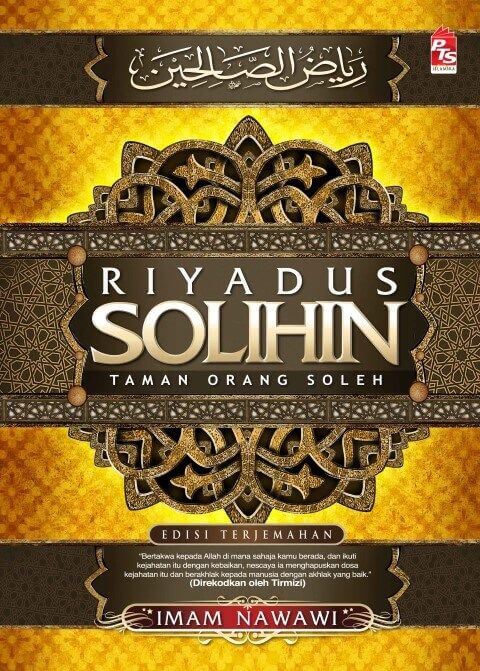
NUCLEAR technology is often seen in a negative light by most people. However, they don't realise that there are many positive applications for this form of technology. For instance, nuclear technology has been used to increase output in agriculture and industry, in the field of medical science, it can be applied to study, non-invasively, the patient's body through x-ray, while in engineering it can be applied to non destructive testing and lots more. Sixty Four years after the atom was split, there is still talk about the need to demystify nuclear science and technology in its many peaceful applications. That a lot of fear, suspicion and uncertainty which still prevails is recognised because the atom for destruction is imprinted in people's minds.
“Malaysia is now set to use nuclear power as an alternative energy source by 2025, as it is the cheapest source of power in the long run with several government agencies were working on forming a committee to implement the policy”, Deputy Science, Technology and Innovation Minister Fadillah Yusof said.
PUSPATI was then renamed to Malaysian Institute for Nuclear Technology Research (MINT) in 1994 after It was placed under Ministry of Science, Technology and Environment in 1990. Following its restructuring, MINT was then given a new identity as Malaysian Nuclear Agency (Nuclear Malaysia) in September 2006 until now.
According to the Malaysia Energy Centre (MEC), Malaysia
Should Malaysia emulate Japan
In most issue there are pros and cons.
The popular anti-nuclearism of the 1970s and 1980s had two inestimable benefits.
Firstly, it helped end the Cold War. Just as memories were fading of Hiroshima and Nagasaki (where on Aug 6, 1945, an American bomber, named Enola Gay, dropped an atomic bomb on Hiroshima Britain , Three Mile Island in the United States and Chernobyl in the Ukraine
Secondly, it galvanised the search for alternative energy through the increasingly sophisticated exploitation of wind, water, geothermal and solar power. On these two points alone, much credit is due to those who have been devoutly opposed to the nuclear option on the basis of what can happen when such technology fails.
The lessons of Three Mile Island and Chernobyl
Whatever decision, in my opinion, the pros and cons need to be weigh wisely before embarking on any nuclear power programme in the country for the sake of the people.

















